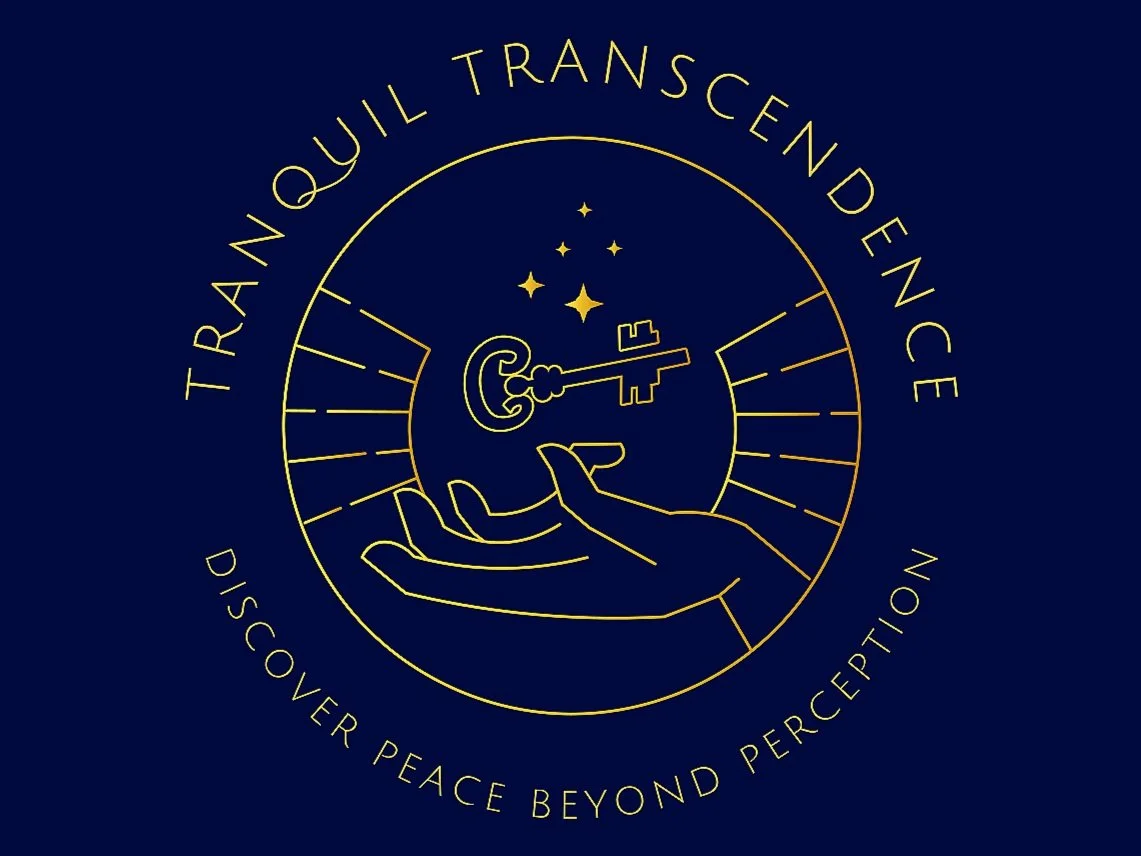Core Psilocybin-Assisted Psychotherapy (PAP) Framework
How clinical studies are structured and what we’re learning about this approach
Essential Structure of a Psilocybin Session
Most clinical studies follow a 3-phase model:
Preparation
Several sessions with a therapist before the psychedelic experience
Build trust, set intentions, and prepare mentally/emotionally
Dosing Session
Held in a safe, supportive space
Two trained facilitators (usually of different genders) are present throughout
Lasts 6–8+ hours
Integration
Follow-up sessions to process the experience
Helps with emotional healing, personal insight, and behavior change
The Therapy Team
Each session includes two trained facilitators (called a dyad)
Facilitators come from diverse backgrounds: therapists, nurses, chaplains, life coaches, social workers
Training focuses more on psychedelic support skills than formal licenses or degrees
Psychotherapy Style
Most studies use a non-directive approach (client leads, facilitators support)
There’s no universal manual yet, but this approach allows for flexibility
So far, no single therapy style has proven more effective—what matters most is connection and safety
Research Gaps in Current Studies
Many studies don’t clearly report how many therapy sessions were done or who the providers were
This makes it harder to replicate or train new facilitators
There’s a push for better documentation and transparency in future research
What the Studies Show
Major Depression (Davis et al., 2021 – JAMA Psychiatry)
Compared 25mg psilocybin to a placebo (niacin)
Just one session led to significant, lasting improvements in depression
No serious side effects reported during 6-week follow-up
Cancer-Related Anxiety/Depression (Griffiths et al., 2016)
Participants received low and high doses in a crossover format
The high-dose group had up to 90% remission from depression/anxiety
Effects were long-lasting and meaningful
Meta-Analysis Findings (2024 Review)
Most trials used client-led, non-directive therapy
No major difference in outcomes between different therapy styles
Emphasized the need for standardized training and protocols moving forward
Why the Therapist Relationship Matters
Strong connection with facilitators before the dosing session leads to deeper emotional breakthroughs
Deeper experiences = better mental health outcomes after 6 weeks
Safety & Best Practices
Who’s Eligible?
People with conditions like depression, PTSD, OCD, or anxiety—especially if other treatments haven’t worked
People are usually excluded if they have:
A history of psychosis or bipolar disorder
Uncontrolled medical issues
Immediate family with psychotic disorders
During the Session
Held in a comfortable, calm space
Participants are monitored for 6–8 hours post-dose
Vital signs and emotional state are continuously checked
Support protocols in place for anxiety or medical issues
Key Takeaways
The preparation → dosing → integration structure is used in nearly all psilocybin studies
Emotional safety and support matter just as much as the medicine itself
Strong therapist connection, proper screening, and integration all contribute to better outcomes
While results are promising, the field still needs better consistency and inclusion moving forward
References
Davis et al. (2021) – JAMA Psychiatry
Griffiths et al. (2016) – High vs. low-dose trial for cancer-related depression/anxiety
Horton et al. (2021) – Systematic review of therapist roles and structure
2024 Bayesian Meta-Analysis – Frontiers in Psychology
PubMed, Liebert Publishing, Psychiatry Online – Multiple peer-reviewed articles on PAP methods and trial outcomes
Akjournals – Research on safety and exclusion criteria
Lippincott Journals – Cancer anxiety and depression studies


